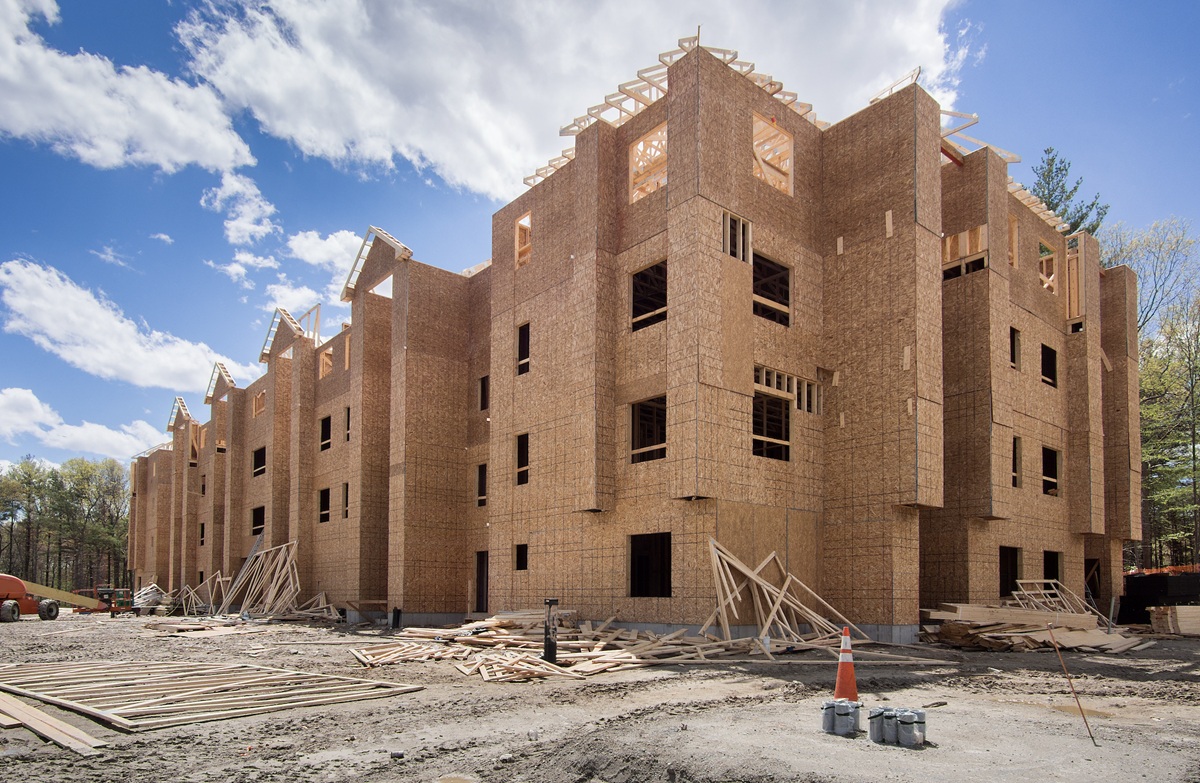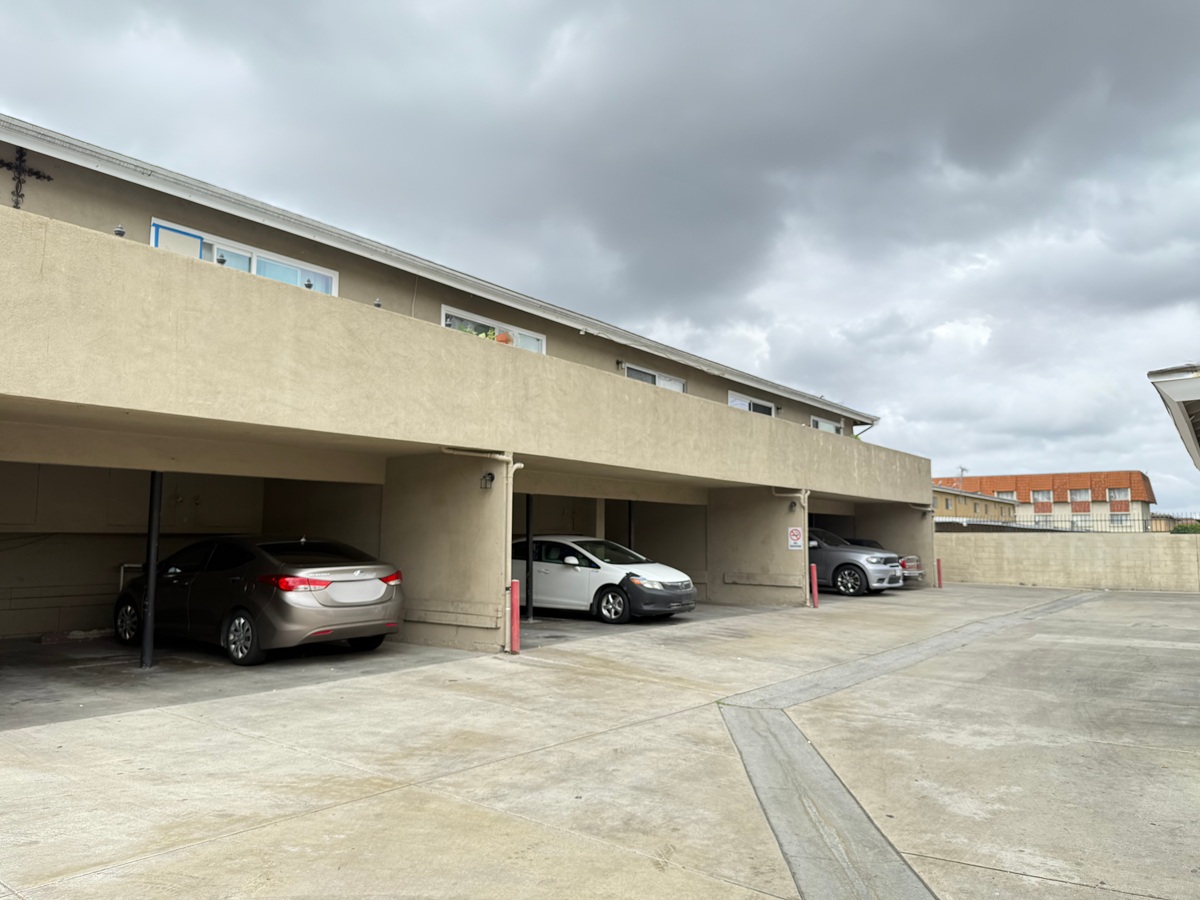Happy Building Safety Month! This low-profile, international observance for safe and sound structures, rarely gets noticed outside the industry. It’s the unsung understudy to fun causes nearer and dearer to people’s hearts – taking a back seat to ice cream, talking like pirates, even clowns.
But buildings play an ever-present and vital role in our lives. We rely on building code safety standards, the precision of engineering, and the integrity and workmanship of contractors to make sure our homes, businesses, schools, entertainment venues and places of workshop will stay standing – no matter what happens.
It’s true there is a day or month for virtually everything. January is National Soup Month. April is National Math Awareness Month. Most observances are geared for fun, but in general, those that are more popular tend to be tied to significant causes that affect the health, safety and social well-being of people and the environment.
A social and environmental cause
In reality, building safety is also a social and environmental cause. It’s one I have advocated for all my life.
Our built environment provides the stability we need to maintain our quality of life – providing us with homes, schools, social services, and commerce. Yet the bulk of our most vulnerable buildings are comprised of older structures that make up a disproportionately broad swath of our state’s more affordable housing stock.
Housing affordability today is a critical problem in California, which ranks as the second most expensive state in the nation, behind Hawaii. In Orange County more than 56% of the population spends more than one-third of its income on rent. The situation is pretty much the same in other urban areas of the state.
The Journal of Public Economics found that major earthquakes have a disproportionate impact on people of lower-economic demographics. Researchers Nejat Anbarci, Monica Escaleras and Charles Register found strong correlations between wealth and resiliency, citing the discrepancy as a matter of social justice. The researchers called on government to help ensure a more even application of building safety codes and retrofits, stating, “The ultimate lesson therefore is that building and development is simply not a physical process – government institutions and social processes must develop in parallel, to keep up with the physical demands and assure minimum acceptable standards of construction and public safety.”
Building safety is also an environmental issue. When our homes and businesses are no longer inhabitable, they must be demolished. In cases of widespread destruction – like an earthquake – massive amount of natural resources would be required to rebuild, and landfills would be pressed to accept all of the crumbled rubble, which would likely contain lead and asbestos due to the age of the fallen structures.
Building Safety Month is an international observance that takes place each May to raise awareness about building safety and to reinforce the need for the adoption of modern, regularly updated building codes that support safe and sustainable structures. For more information, visit the International Code Council website at iccsafe.org.
Are you curious about the safety of your building? If so, contact the experts at Optimum Seismic. We’ll get you in touch with the information you need to make the decision that is right for you. Visit optimumseismic.com or call 323-978-7664 to learn more.






